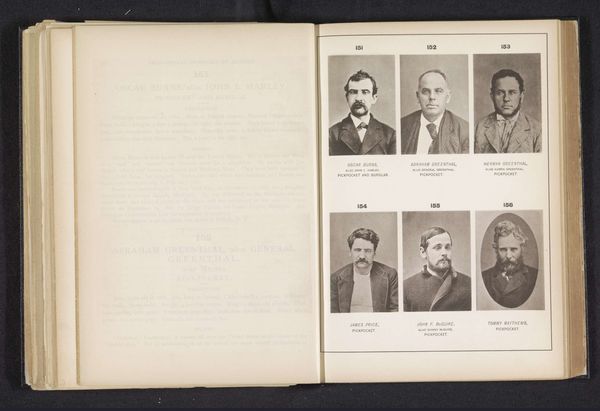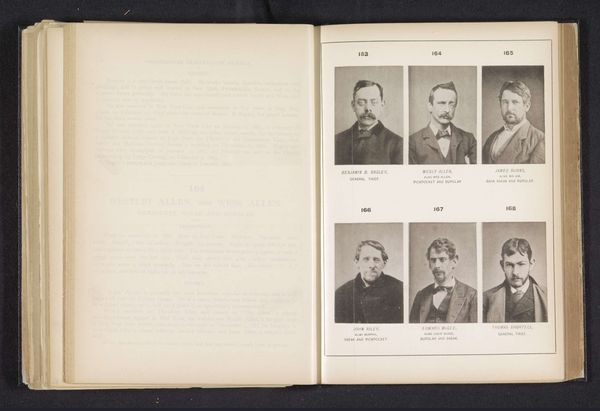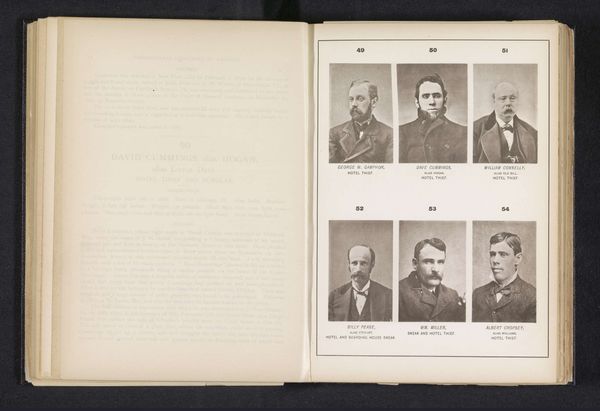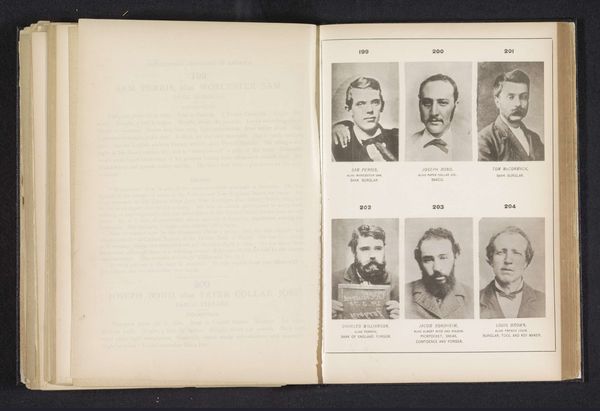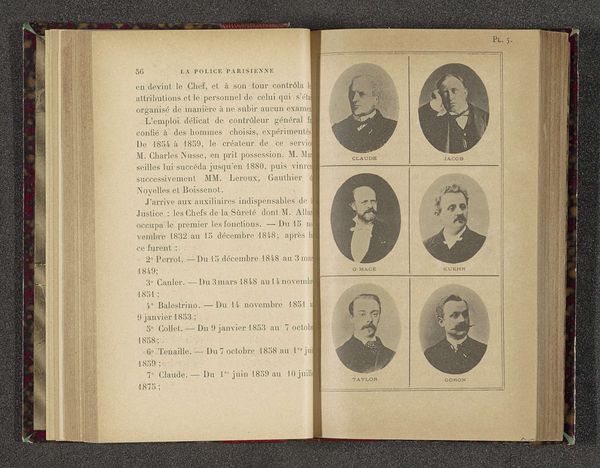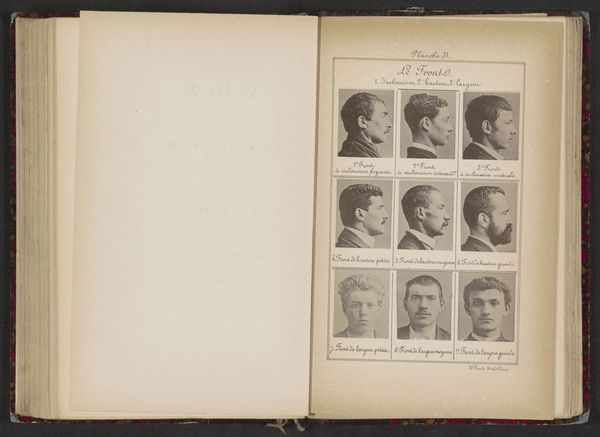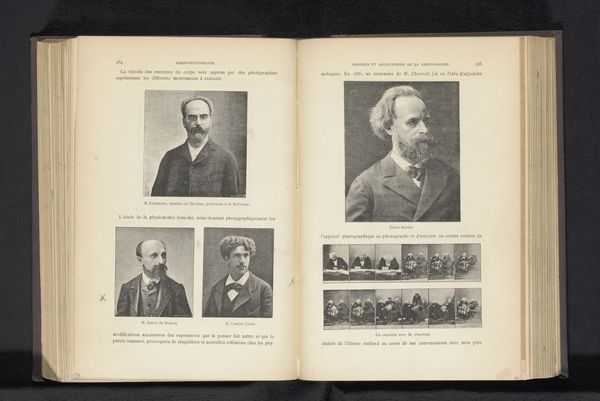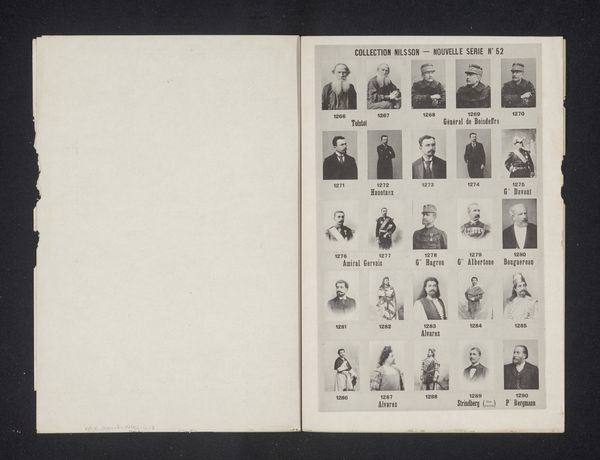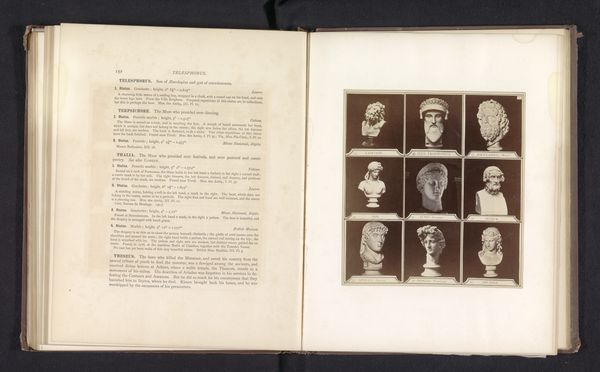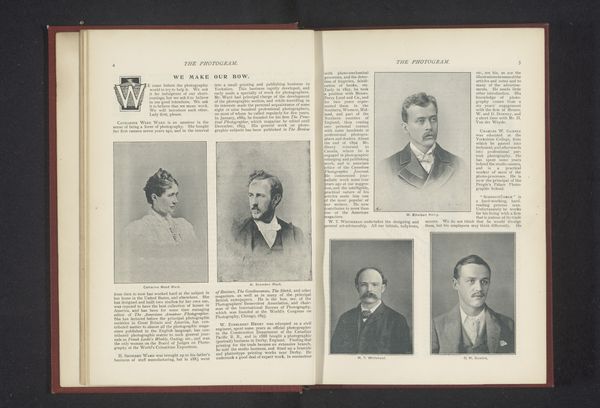
print, photography
#
portrait
# print
#
photography
#
genre-painting
Dimensions: height 282 mm, width 196 mm
Copyright: Rijks Museum: Open Domain
Editor: Here we have, from before 1886, “Zes portretten van dieven (bank sneaks)” or, “Six Portraits of Thieves (Bank Sneaks)". It looks like a printed photograph. There’s something chilling about seeing these men, their portraits lined up so neatly. Almost like a rogue's gallery. What’s your take? Curator: Indeed, there’s a sense of societal taxonomy in play here. These faces, captured with such stark clarity, force us to confront the uncomfortable reality of criminality woven into the fabric of society. I wonder, did the photographer see them as simply subjects, or as embodiments of a certain moral failing? Does the format itself -- the regimented grid of portraits -- dehumanize them further, reducing them to specimens under glass? It's fascinating to ponder the interplay of social judgement and photographic objectivity. Editor: It makes me think about surveillance today, about mugshots that are everywhere, instantly accessible. Does that change the way we see this historical work, knowing how much the technology and context has evolved? Curator: Absolutely! This piece serves as a potent reminder of photography's evolving role in shaping perceptions. It’s like peering through a looking glass, glimpsing not only the past but also the reflection of our present anxieties around crime, visibility, and the very nature of justice. Who are we to judge? Editor: That makes me see it differently. It’s less a historical record and more a mirror reflecting our ongoing social concerns. Curator: Precisely. Art is a conversation, a dialogue across time, continually reshaped by the observer. What we bring to it, shapes what we find. Editor: Well, that certainly gives me a lot to think about! Thanks for your insights.
Comments
No comments
Be the first to comment and join the conversation on the ultimate creative platform.
